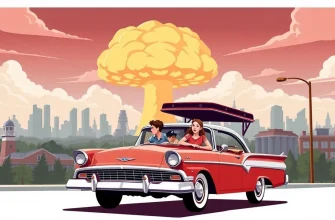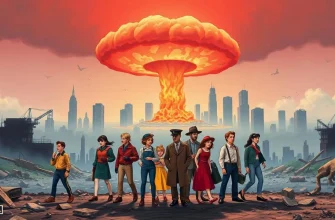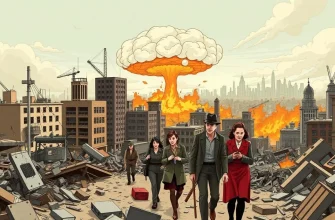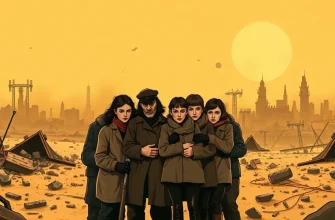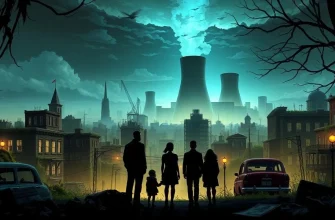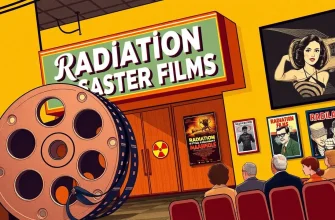The spectre of nuclear war has haunted humanity since the dawn of the atomic age. These films delve into the chilling scenarios of nuclear conflict, exploring the devastating consequences, the political brinkmanship, and the human stories that unfold in the shadow of the mushroom cloud. This collection not only entertains but also serves as a stark reminder of the fragility of peace and the importance of nuclear disarmament.
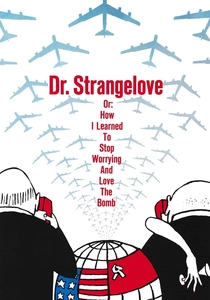
Dr. Strangelove or: How I Learned to Stop Worrying and Love the Bomb (1964)
Description: Stanley Kubrick's satirical masterpiece uses dark comedy to explore the absurdity and potential for human error in the nuclear age, making it both a critique and a warning.
Fact: The film was based on the novel "Red Alert" by Peter George, but Kubrick added his own satirical twist. It was originally intended to be a serious drama.
 Watch Now
Watch Now

The War Game (1965)
Description: This pseudo-documentary explores the potential consequences of nuclear war on Britain, using a mix of real footage and staged scenes to create a chillingly realistic portrayal.
Fact: It was banned from TV broadcast for nearly 20 years due to its graphic content. It eventually won an Academy Award for Best Documentary Feature.
 Watch Now
Watch Now

Testament (1983)
Description: Focusing on a family's struggle to survive in the aftermath of a nuclear attack, this film provides an intimate look at the human cost of nuclear war, emphasizing the emotional toll.
Fact: It was one of the few films to win the Sundance Film Festival's Grand Jury Prize. The film was shot in a documentary style to enhance its realism.
 Watch Now
Watch Now

Miracle Mile (1988)
Description: A romantic thriller that turns into a race against time when a young man accidentally hears a phone call warning of an imminent nuclear attack, leading to a frantic search for his love interest.
Fact: The film was shot in real-time, with the entire story unfolding in just over an hour. It was also one of the first films to use digital sound.
 Watch Now
Watch Now

The Sum of All Fears (2002)
Description: While not solely about nuclear war, this film features a plot where terrorists attempt to detonate a nuclear bomb at the Super Bowl, showcasing the global implications of such an event.
Fact: The film was adapted from Tom Clancy's novel of the same name. It was one of the first major films to depict a nuclear attack on American soil post-9/
 Watch Now
Watch Now
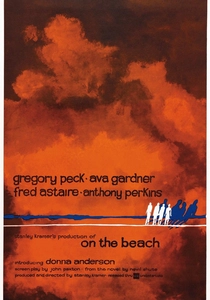
On the Beach (1959)
Description: Set in a post-apocalyptic world where the Northern Hemisphere has been wiped out by nuclear war, this film follows survivors in Australia as they await their inevitable fate.
Fact: The film was based on Nevil Shute's novel and was remade for TV in
 30 Days Free
30 Days Free
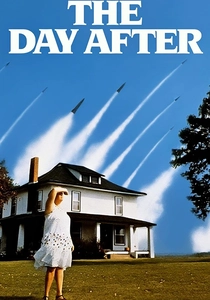
The Day After (1983)
Description: This American TV movie shows the effects of a nuclear war on the residents of Kansas City and Lawrence, Kansas. It was one of the first major productions to depict the aftermath of nuclear war in such detail.
Fact: It was watched by over 100 million viewers in the US, sparking a national debate on nuclear weapons. President Reagan was reportedly moved by the film and it influenced his views on nuclear disarmament.
 30 Days Free
30 Days Free
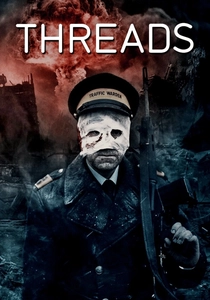
Threads (1984)
Description: This harrowing British TV film paints a grim picture of life after a nuclear attack on Sheffield, detailing the immediate aftermath and the long-term effects on survivors. It's a stark, unflinching look at the reality of nuclear war.
Fact: The film was so realistic that it was used by the US military for training purposes. It was also banned in several countries due to its graphic content.
 30 Days Free
30 Days Free

By Dawn's Early Light (1990)
Description: This made-for-TV movie explores the political and military decisions made during a nuclear crisis, focusing on the tense negotiations and the human element of those involved.
Fact: It was based on the novel "Trinity's Child" by William Prochnau. The film was praised for its realistic portrayal of nuclear strategy and decision-making.
 30 Days Free
30 Days Free

Fail-Safe (1964)
Description: This film presents a tense scenario where a technical glitch leads to a nuclear strike on Moscow, forcing the US President to make a harrowing decision to prevent all-out war.
Fact: The film was released the same year as "Dr. Strangelove," offering a more serious counterpoint to Kubrick's satire. It was also adapted into a live TV broadcast in
 30 Days Free
30 Days Free


